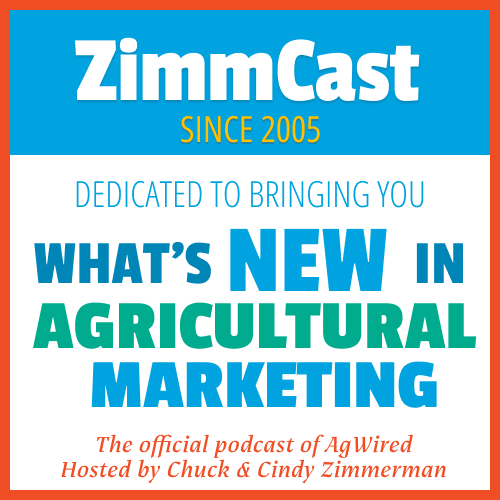The National Cotton Council is pleased that USDA’s Agricultural Marketing Service will be collaborating with the Georgia Department of Agriculture to study the significant increase in seed coat fragments being found in 2020 season Southeast cotton classing samples.
The AMS Macon, GA Classing Office has reportedly classed 2.2 million samples, of which approximately 895,000 contained seed coat fragments. In addition to seed coat fragments, a portion of samples also contained whole cotton seed.
“This significant increase in seed coat fragments has caused obvious concern around the region and questions about the possible cause as well as the cotton classing process,” said Georgia Commissioner of Agriculture Gary Black. “We are working closely with USDA and industry experts to identify the cause of the issue and potential solutions.
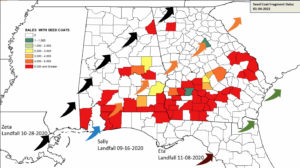 Vice President of Economics and Policy Analysis Jody Campiche noted an unprecedented level of seed coat fragments in the southeast during her cotton market outlook at the Beltwide Cotton Conferences this week. “The latest estimate for the seed coat percentage damage in Alabama is 24 percent of the crop, in Florida it’s 53 percent, and in Georgia it’s 41 percent.”
Vice President of Economics and Policy Analysis Jody Campiche noted an unprecedented level of seed coat fragments in the southeast during her cotton market outlook at the Beltwide Cotton Conferences this week. “The latest estimate for the seed coat percentage damage in Alabama is 24 percent of the crop, in Florida it’s 53 percent, and in Georgia it’s 41 percent.”
Dr. Campiche used a chart in her presentation that shows the path of the two late season hurricanes Sally and Zeta, and says they believe the seed coat fragment increase is related to the specific timing of the hurricanes and the stage in the crop cycle when they came through.
2021 Beltwide - Jody Campiche, NCC, seed coat fragments 1:58

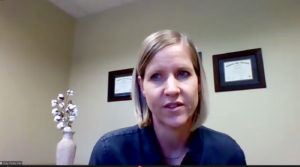 National Cotton Council Vice President of Economics and Policy Analysis Jody Campiche gave her annual cotton market outlook Tuesday during the
National Cotton Council Vice President of Economics and Policy Analysis Jody Campiche gave her annual cotton market outlook Tuesday during the 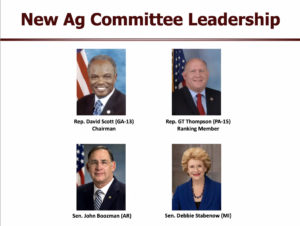 Presumptive new leadership in both the House and Senate Agriculture Committees for this coming Congress includes two lawmakers with cotton roots.
Presumptive new leadership in both the House and Senate Agriculture Committees for this coming Congress includes two lawmakers with cotton roots. 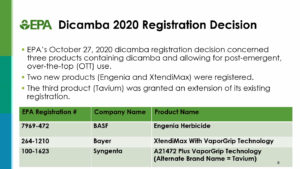 The 2021 virtual
The 2021 virtual 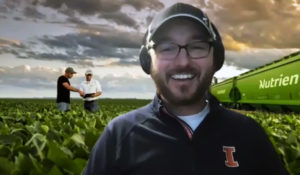 From drought to hurricanes, weather is the single biggest variable for any farming operation, so first up this morning for the
From drought to hurricanes, weather is the single biggest variable for any farming operation, so first up this morning for the  The National Cotton Council (NCC)
The National Cotton Council (NCC) 
